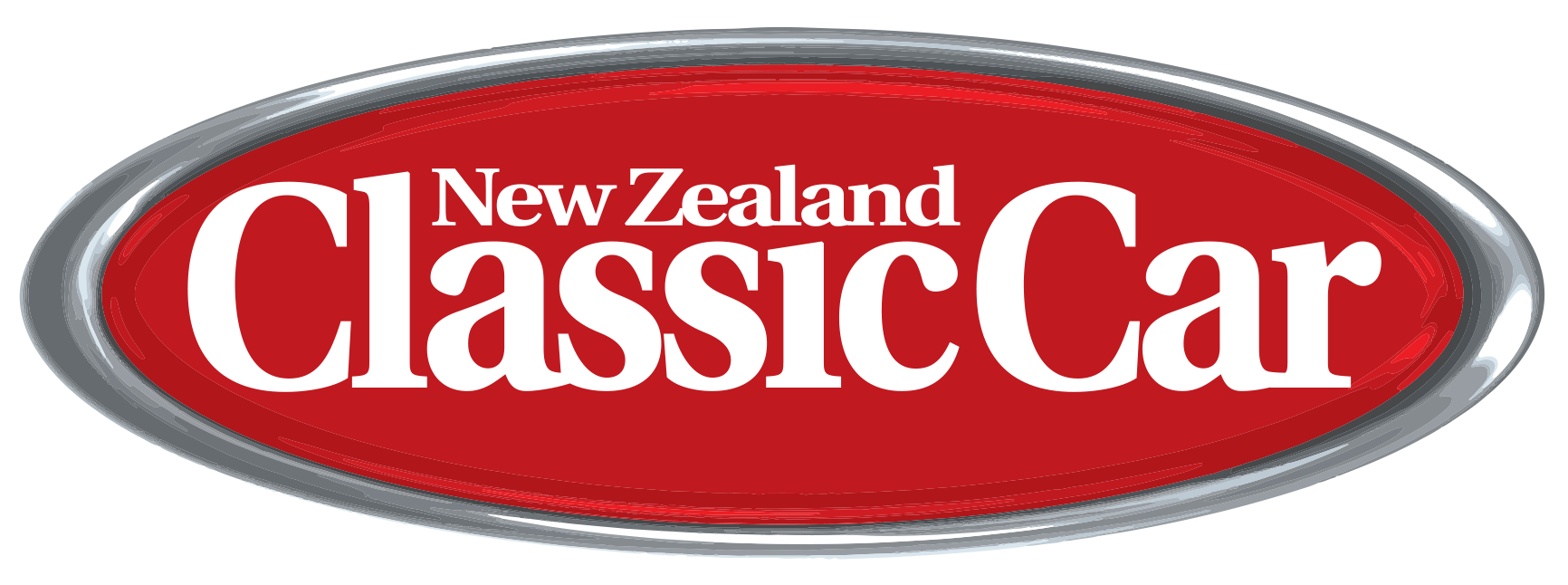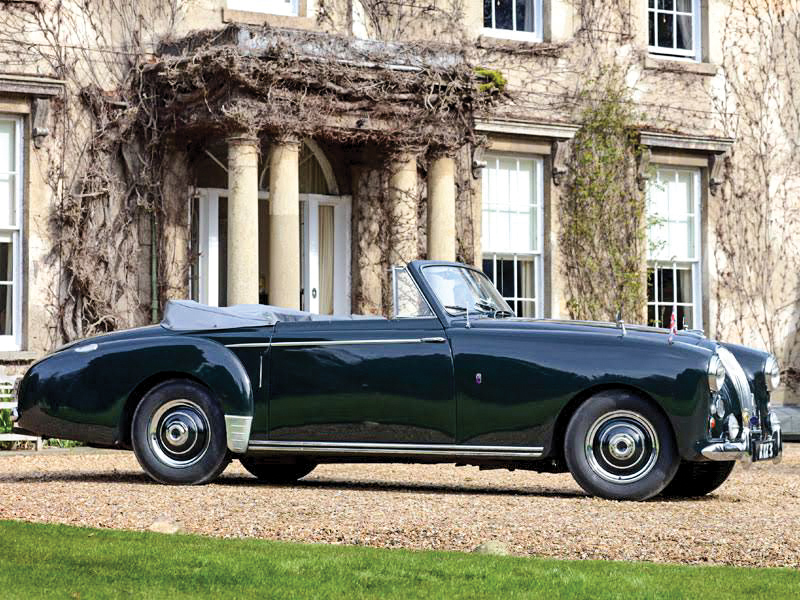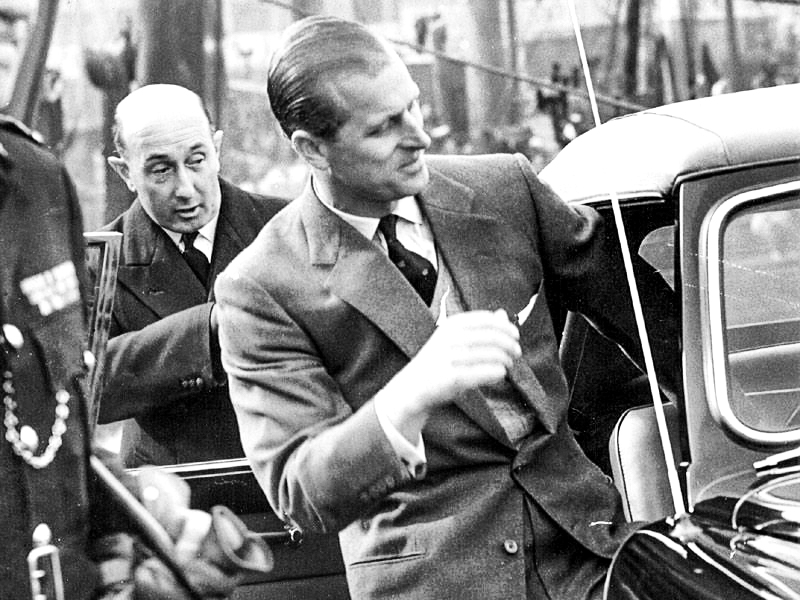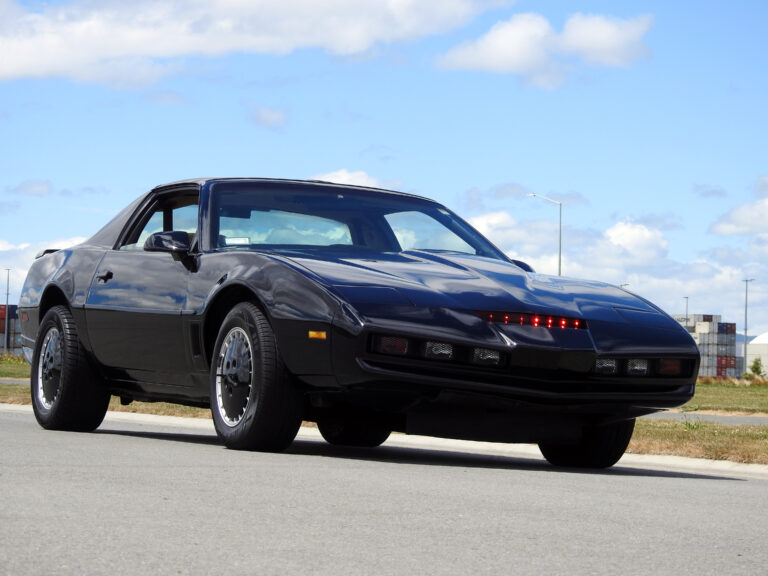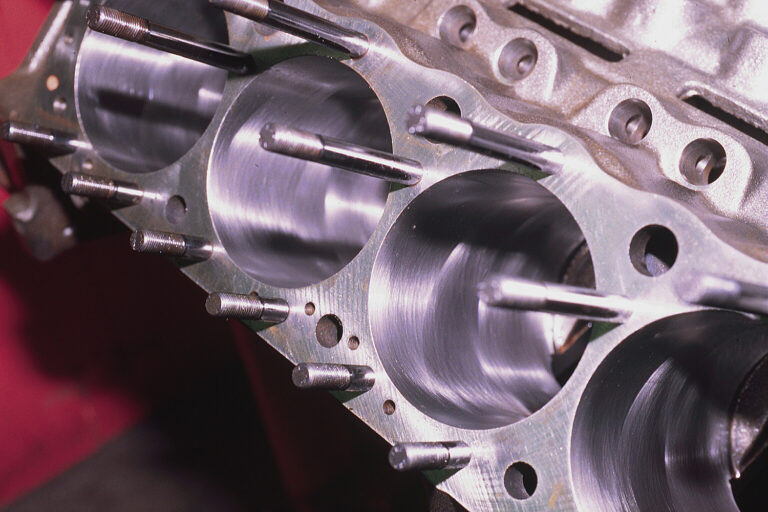data-animation-override>
“Jump in — the water’s warm!”
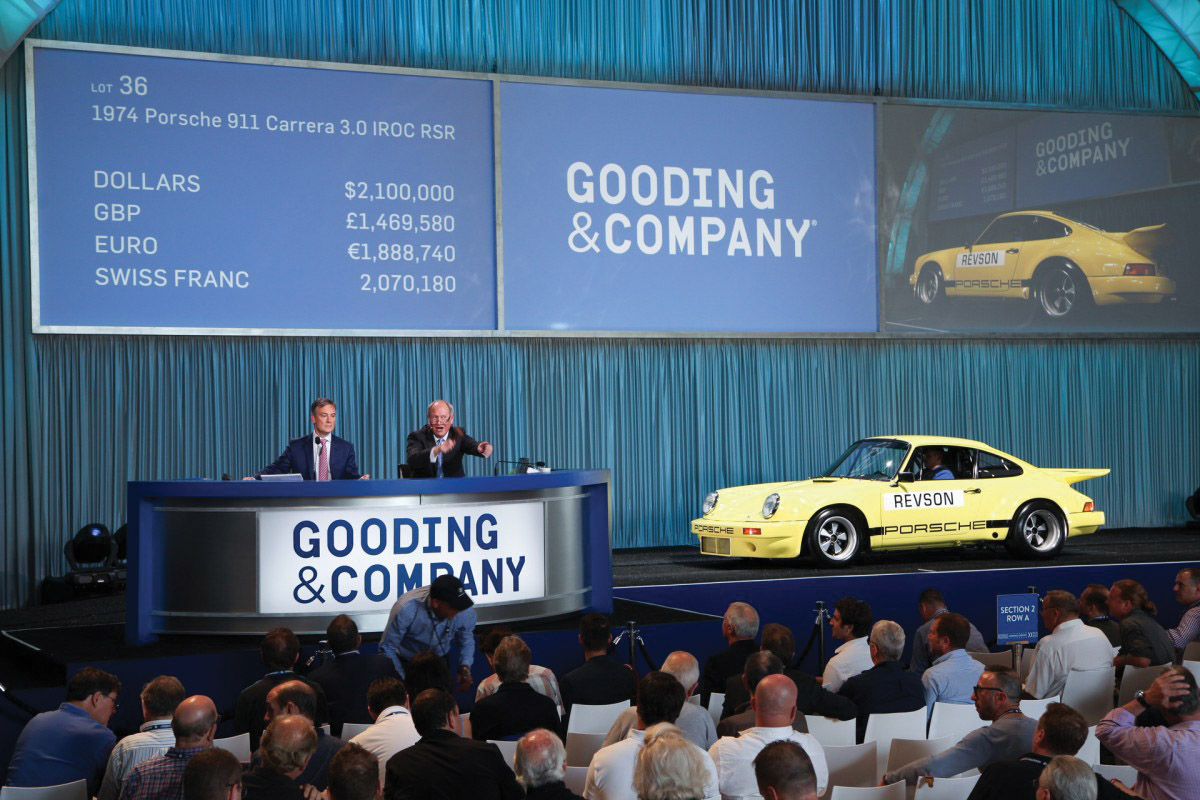
I do hope that in my column last month I did not present a picture of glass half full in the classic marketplace. It appears that good cars will continue to do well, and this was perfectly demonstrated at Amelia Island last month when Bonhams, Gooding and Company, and RM Sotheby’s grossed around US$126M between the three of them — 25 per cent up on 2015! There are good buys to be had, and there is money to be made if you are seller — just do not expect to get big money for an average car any longer. The market has been hot, but collectors are now only paying top dollar for special cars and not just everyday classics. Cautious optimism therefore is the order of the day.
Classic investment
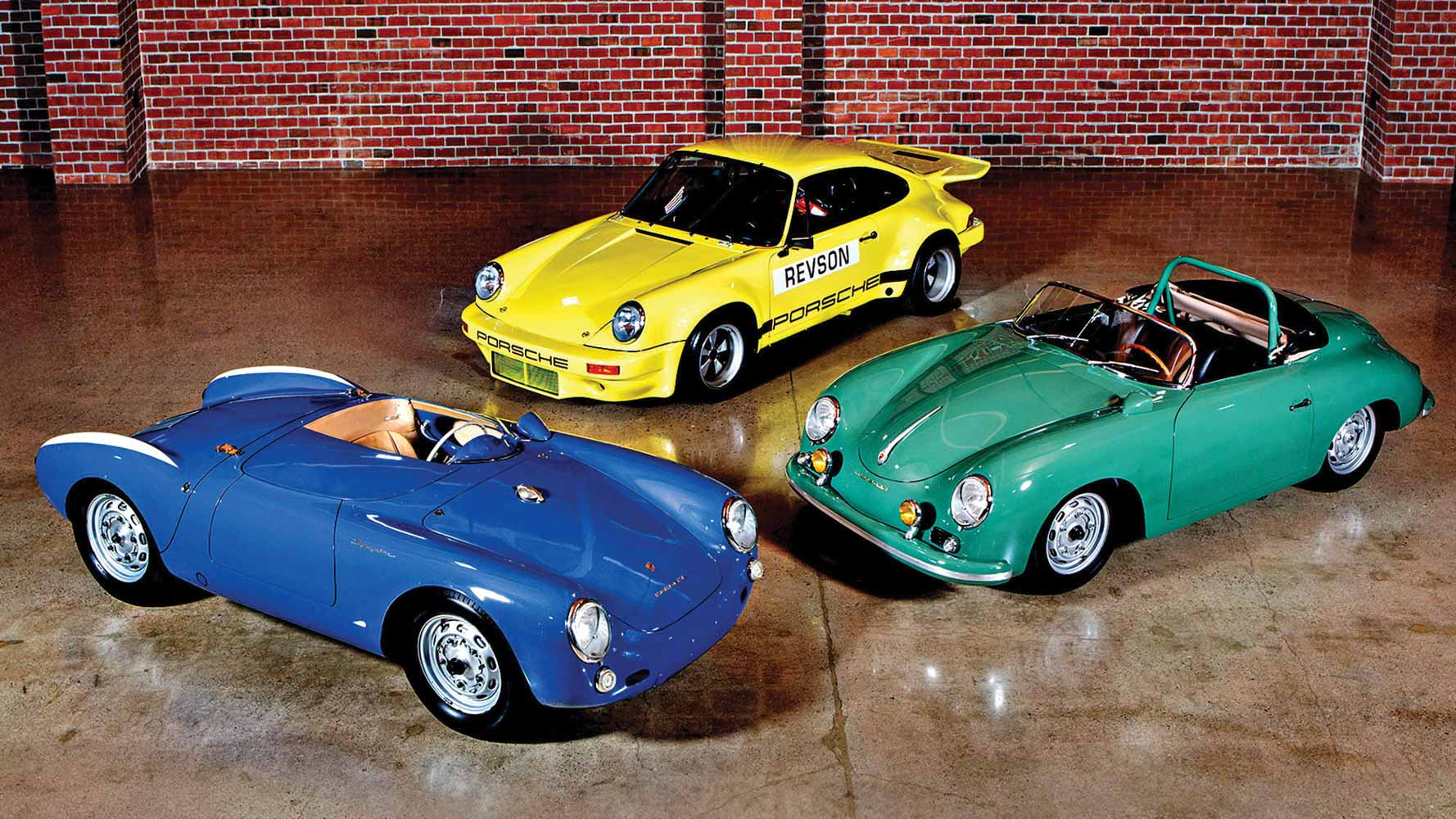
TV comedian Jerry Seinfeld’s 18 Porsches — 16 of which sold — did well as expected, with Gooding and Company also selling a 1961 Ferrari 250GT SWB California Spider for US$17.2M. RM Sotheby’s, meanwhile, headed the list with 87 per cent of its cars sold. As auctioneer Eli Rodriguez said, “Anyone can jump in, the water’s warm”. Bonhams sold the Bugatti T57S with Vanden Plas body we discussed last issue for US$9.375M. This was a little short of its estimate, but still a lot of money for a not particularly pretty car, even if it is a rare Bugatti.
You do not have to go all the way to the States to get a good car, though. If the Maserati Vignale Spyder that was sold at Amelia Island by Bonhams is to your taste, then Theodore Bruce Auctions in Australia has another coming up at the Motorclassica auction on October 22 in Melbourne, while, on March 14, in Sydney, Shannon’s sold a 1957 Porsche 356A Speedster for A$411K, a bargain perhaps when compared with the US$1.54M paid for Seinfeld’s 1958 356A Carrera Speedster GS/GT.
Royal connection
For the present, though, all auction eyes turn to the UK, where, on April 19 and 20, at the Imperial War Museum in Duxford, H&H has a very British sale taking place. It includes a trio of Bentley Continentals and a nice selection of Aston Martins and Jaguars, including a 1961 E-Type 3.8 Competition Roadster with an estimate of £700K to £900K. The cream of the crop, though, at this sale, and the car that is causing the biggest stir, is the 1954 Lagonda 3.0-litre drophead coupé with an estimate of £350K to £450K. At this price, it needs to be a special car, and that it certainly is. It was built to special order for HRH, Prince Philip, Duke of Edinburgh, as his daily-driver. Just 20 MkI Lagondas were made, and this one — in bespoke Edinburgh Green livery with original grey leather upholstery — was fitted with a power hood, floor-change gearbox, a radio telephone (with its own frequency!), and an extra vanity mirror on the passenger side for Philip’s wife, Her Majesty, the Queen. Prince Philip owned it for seven years — before switching to an Alvis TD21 DHC, which is still at the palace, apparently — and this remarkable Lagonda has been in its current (third) owner’s care since 1977. This one ticks all the boxes, and I would not be surprised if it fetched over half a million pounds at the end of the day.
So, even though, year on year, the market has been slightly down — according to the Historic Automobile Group International (HAGI) index — there are some wonderful motor cars to be bought and sold. There is plenty of reason for optimism in the marketplace in 2016. It is definitely still a glass half full.
